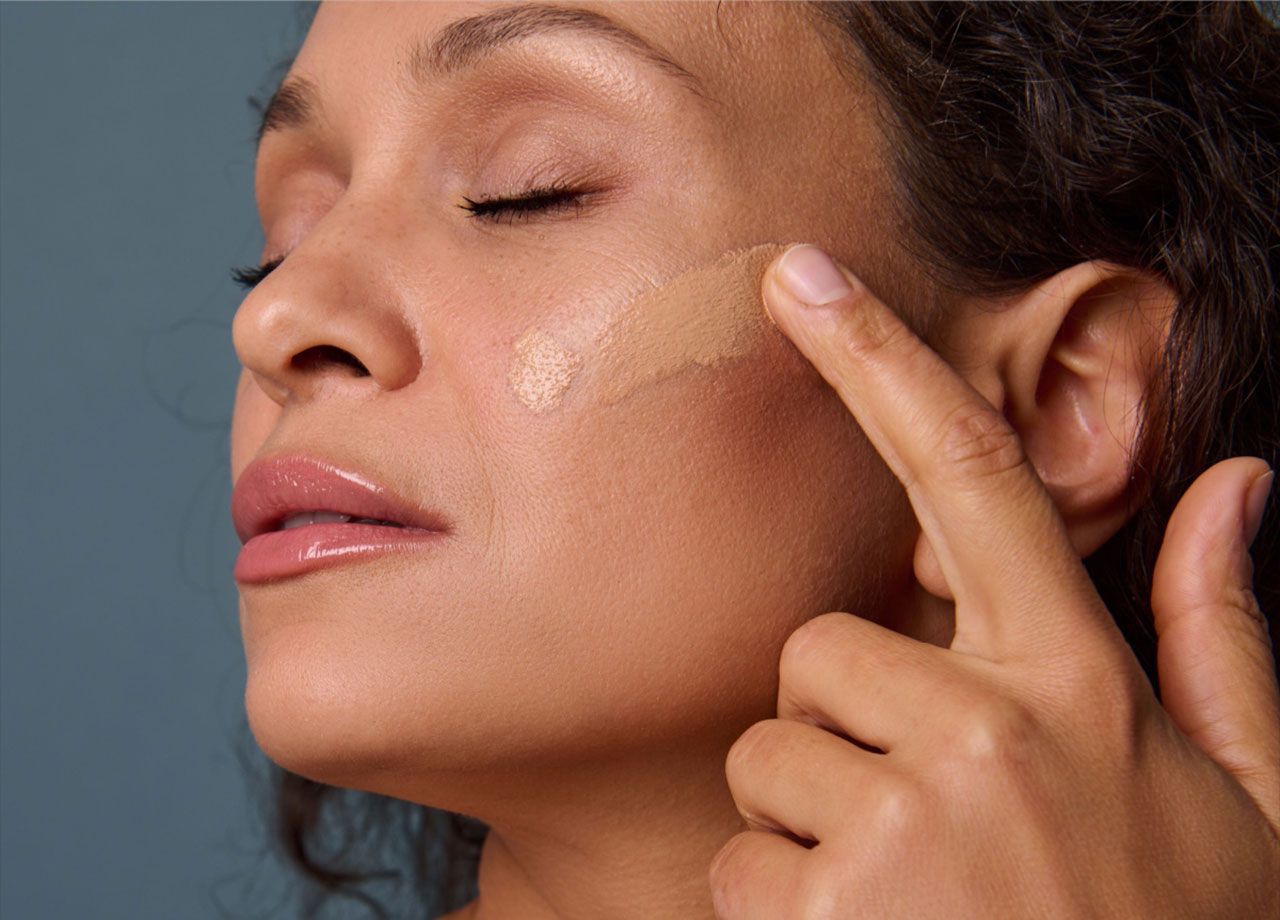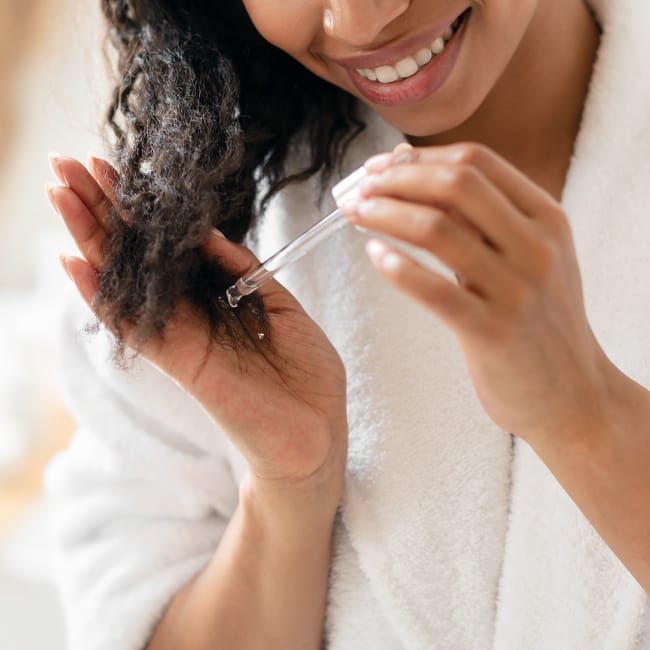If there’s one makeup product that has been plucked from obscurity in recent years to become a golden child of the makeup world — a must-have item that you wouldn’t dream of not applying prior to foundation and eyeshadow — it’s primer.
And if you aren’t applying primer just yet, or are asking yourself, “What is primer?” this is exactly the content you need to read today.
Primer is a game-changer no matter what your age or skin type. It creates a smooth barrier between your skin and makeup and has the power to make your foundation, concealer, and shadows stay on longer and even go on more pigmented. If you have mature skin and aren’t over the moon about more visible texture like larger pores and fine lines and wrinkles, primer is going to be your new best friend.
In this video we get all of the intel from a makeup pro with mature skin who knows her stuff. Here’s why primer is so important and how to apply it perfectly.


First Thing’s First: Skincare
No makeup routine starts and ends with makeup — your skincare routine is just as important, if not more so. That doesn’t mean you should slather on one serum after another and then moisturizer and then sunscreen on top of it all. If you plan on doing your makeup after your skincare, and especially if you have oily or combination skin, sometimes less skincare is more. Having too many layers of product can feel heavy and may even cause pilling.
A better solution is to find one great product you love that will feed your skin before makeup. This might be a vitamin C moisturizer or something with SPF. But don’t go too heavy.

Step Two: Primer
Even if you’ve lived this long without wearing primer, it’s an absolute essential now. A primer smoothens everything out — all of the texture — and gives your makeup a soft blurring effect and a more beautiful canvas. It also gives your makeup something to stick to and helps it stay on later.
To apply primer, apply a very small amount with your fingers, concentrating around the middle of your face. You can also apply a little more later if needed. Don’t forget to go over your eyes so that your shadows and liner stay on longer — but keep it away from your brows. Since the primer is invisible, you won’t be able to see it, but will be able to feel the difference.

Step Three: Foundation
After you allow your primer to sit for a few minutes and absorb, apply BB cream, CC cream, or foundation. You can apply it to your lids to remove discoloration (and this is especially pretty if you plan on skipping shadow — it will make you look more polished, even without any other color). This is a time when you can choose to mix your foundation with sunscreen to provide a little more SPF coverage to your face. This tip works great if you only want a little bit of color on your face, with all the SPF benefits.

Step Four: Apply Concealer
The all-important question of whether to apply foundation and concealer first can be summed up as: it doesn’t really matter too much. But applying concealer after foundation allows you to not have to use as much to cover those supposed discolorations on your face that you want to blur out (the foundation will already take care of much of it). Apply as little concealer as you can to areas like beneath your eyes and in areas that create shadows.

Final Step: Setting Powder or Spray
It’s important to set your makeup so that it stays on longer and doesn’t streak or crease. Using translucent powder is a good idea — but go light to keep it from caking. Or use setting spray that adds additional hydration to your skin.


























